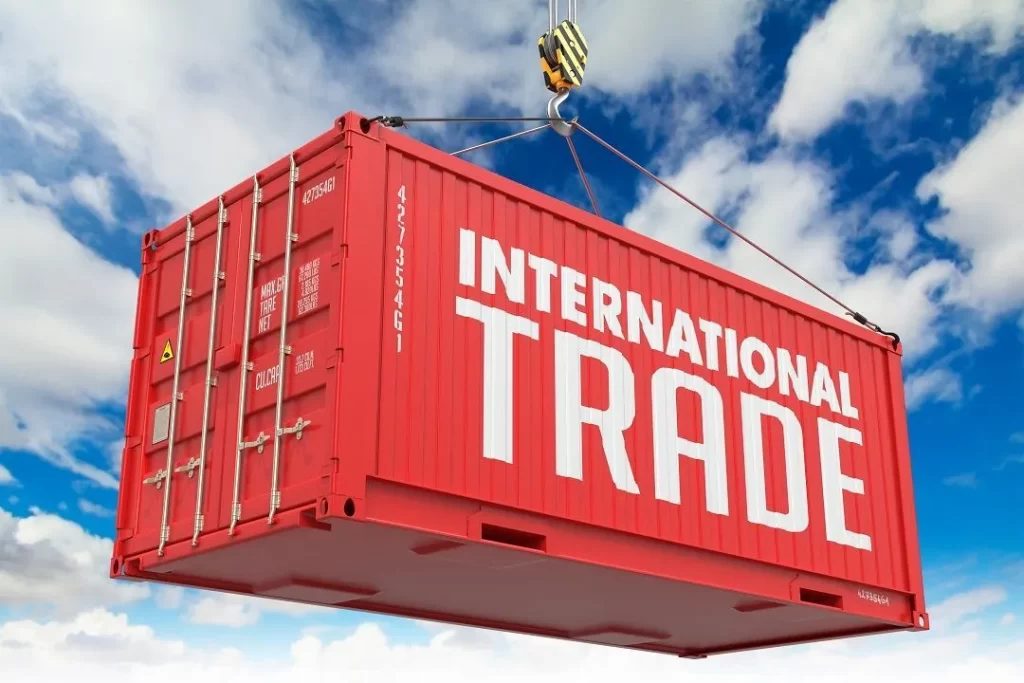A risk-return trade-off links high risk with a greater probability of return. In investing, the trade-off between return and risk is most relevant when an investor is nearing retirement. An appropriate trade-off depends on an investor’s risk tolerance, how long they plan to stay in the market, and their ability to replace lost funds. In deciding which risk level to select for a portfolio, time plays an essential role. For example, long-term equity investments provide the potential to recover from bear markets while short-term investments offer the possibility of participating in bull markets.
A higher risk is required to achieve higher returns, and vice versa. Investing in a commodity fund, for instance, involves a high risk. When the commodity bear cycle hits, a high-risk portfolio will underperform, producing negative returns. The correct risk level is a balance between return and risk. A company must take a balanced approach to risk-reward when determining the proper risk-return profile.
Mutual funds have three distinct categories: debt, pure equity, and hybrid. A chart of the risk-return relationship between each type shows that debt funds are the most risky while equity funds are the safest. Mutual funds that combine all three risk factors can be an excellent choice for investors who want to maximize returns while limiting their exposure to high-risk investments. However, keep in mind that risk is an important consideration when deciding which type of investment to pursue.
The risk-return tradeoff helps determine whether to invest in stocks or bonds. The proportion of equities in a portfolio is the most important determinant of the portfolio’s risk of loss. Since stocks have the highest volatility, they pose the greatest risk. The highest return is obtained in an economic boom, while the lowest liquidity is achieved in an economic recession. Once the trade-off is accounted for, a portfolio may be tailored to the investor’s risk tolerance.
While stocks have higher expected returns than bonds, they also carry higher volatility. As a result, stocks may be a poor alternative to bonds during economic recession. This trade-off is highly dependent on the financial market and economic conditions. While stocks are a safe investment when times are good, they may be an unwise investment in a poor economy. In any case, the trade-off between return and risk is crucial. If you have a low tolerance for risk, equities and stocks could be poor choices for your money.
Using a risk-return graph, you can find a better way to assess the relative risks and returns of investments. By comparing the yields of stocks to those of short-term government bonds, you can estimate the risk. Investing in stocks means you’re taking a risk on the prospect of low returns. And while it’s important to remember that there are risks involved, investing in bonds can provide an excellent risk-return trade-off.


